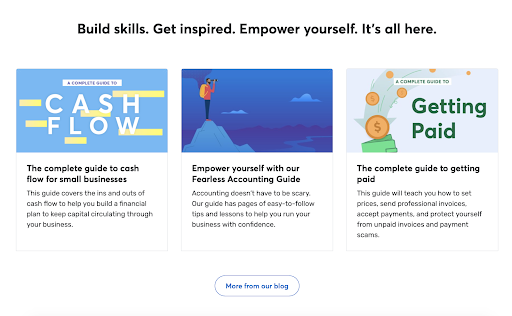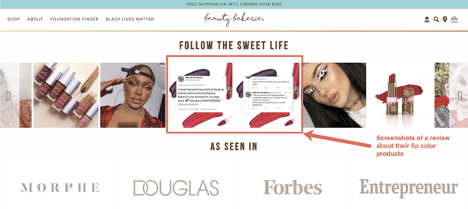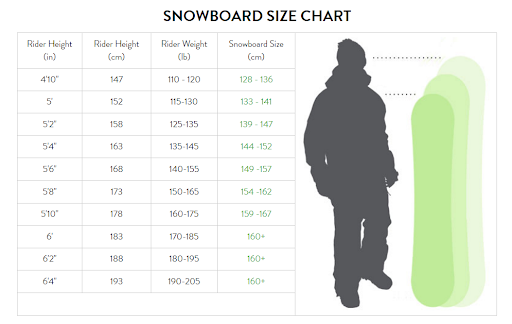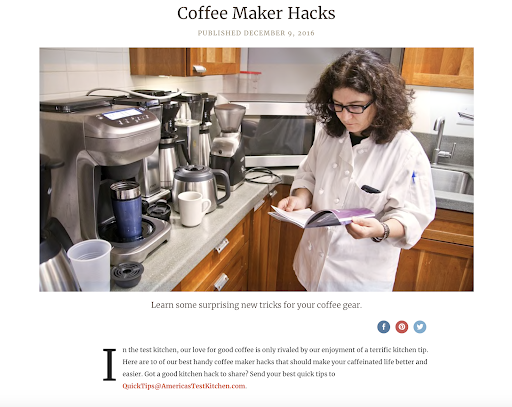30-second summary:
- Content marketing is a strategy focused on creating, publishing, and distributing content that’ll get people to take action.
- It’ll help your ecommerce site to rank higher on search engines without having to spend a lot on ads.
- Publishing content that your potential customers find helpful and packed with valuable information helps you win their trust, making it easier to convince them to buy.
- Content like how-to videos, online courses, and infographics are easier to consume and boost your site visitors’ overall user experience.
When you think of content marketing, you might imagine this only applies to digital agencies and online service providers, not in fact for ecommerce businesses, let alone the value it creates when you boost ecommerce conversions through these efforts. But let’s take a moment to review the definition of content marketing, just so we can see exactly how it might apply to just about any business, especially ecommerce:
The Content Marketing Institute defines content marketing as:
“[the] strategic marketing approach focused on creating and distributing valuable, relevant, and consistent content to attract and retain a clearly-defined audience — and, ultimately, to drive profitable customer action.”
So while it’s a default strategy for service providers, SaaS companies, and digital agencies, we can start to see how content plays a positive role even for ecommerce businesses.
Benefits of content marketing for ecommerce businesses
For one thing, content helps you connect to your customers with real value instead of posts that only seek to close a sale. And other benefits include boosting your chances of getting discovered organically on search engines as well as establishing your company as a trusted leader in your space, thus increasing positive perceptions about your brand and business online.
This relationship can go a long way for your ecommerce store, in that users and customers are more likely to buy from you eventually because you are a brand they trust now. They’ll also know they can expect more from your ecommerce store if they’re not necessarily looking to shop, such as helpful blogs, guides, and other inspiring content.

Source
We’re sure you want to get started with making content to boost ecommerce conversions. So we’ve compiled seven of the best content marketing tactics, especially for online stores.
Seven content marketing strategies to boost ecommerce conversions
1. Create products or service guides
Your ecommerce store can create product or service guides that educate your customers about important information in your industry. Take invoicing company Wave, for instance. They have a dedicated blog that publishes helpful guides within their site to improve their user experience.
Most of their content is geared towards small business owners, helping them with accounting and bookkeeping tips that go beyond simply promoting their product features and benefits.

2. Share product reviews
You can share reviews about your product that appear on different websites and blogs both as content and social proof. Find what good things people are making about your brand, and then highlight the most compelling things from the review to share on your own platforms.
Take this blog post reviewing the top merchant service providers in Canada, for example. If a company featured in this detailed roundup, they might take a few lines from the review that was about the author’s experience with their service, then be able to share what others are saying about their brand.
You can also take screenshots of social media conversations about your products and share these on your website. This is exactly what Beauty Bakerie does on its ecommerce store and its Instagram account.

These posts provide social proof to its would-be customers and make it easy for their existing customers to share with their networks, further expanding the makeup brand’s reach, giving them more customers that want to buy their products.
3. Post infographic “pamphlets”
Ecommerce shopping doesn’t provide consumers with the opportunity to see, hold, and feel products in person, so they may sometimes hesitate to make a purchase if there are things they’re unsure about.
Ease their doubts by answering any FAQs and questions you have about your products by compiling important information and graphics in a digital “pamphlet.” This pamphlet is a visual way to present information like product size charts, measurements, and even product care tips.
Include this in key areas of your ecommerce store, including specific product pages where applicable, but also even a dedicated page that customers can find from navigation menus and site footers.
Example of an infographic pamphlet for ecommerce stores.

Source
4. Provide online courses
Can you go the extra mile and give customers an entire high-value online course that will help deepen your relationship with them? Your course might even feature your own store’s products, and the information you provide complements your product use cases and benefits.
For instance, ecommerce businesses that sell computer gadgets and accessories for design professionals can provide their customers with online courses on topics such as remote user experience design that feature specific gadgets and tools they sell on their platform.
This tactic might be time-consuming but think of other ways you might offer your customers a helpful online course to complement your products. Perhaps instead of creating the course yourself, you can partner with known influencers or thought leaders in your niche. Or you can make the online course a very simple 5-day email course that features small action steps customers can take every day to get closer to a specific goal.
Get Influencers to Create User-Generated Content
Influencers are a fantastic addition to your content marketing strategy because influencers are content creators themselves.
When you pick the right influencers, they’re likely to already have access to an audience, no matter how big or small, that trusts them and values their content. Content created by influencers are also a combination of review, product explanation, and even testimonials—and they speak from their own perspective and experiences that, to the average customer, is more authentic than branded content.
Here’s an example of this influencer tactic in action. Hikers and influencers who live and create content around the adventurous lifestyle have featured Patagonia, a well-known adventure brand selling hiking apparel, in their blog posts and YouTube videos.

5. Submit guest posts
If your ecommerce doesn’t have your own blog, why not pitch your stories to other publications?
Guest blogging can benefit ecommerce stores because they’re able to publish their content in another site that already has its own audience. Of course, choose blogs and sites that fit into your niche and market.
Say an ecommerce store sells all things coffee and wants to create a guest post. They might not have their own blog on their website, but they can partner with known food and even coffee bloggers like in the example below, to create free content on their site.
The blog post can link back to their page, and get the site more backlinks. But more than that, it also appeals to the readers that already frequent this blog by providing helpful tips and tricks about things they’re interested in. The blog might also feature the ecommerce store’s products, so users not only have a high-value post to enjoy but can also find out where to shop for things that will help them implement the tips in the guest post.

6. Create how-to videos
How-To videos are some of the easiest things you can include in your ecommerce content marketing strategy. A survey by Social Marketing Writing found that how-to posts and case studies were the most credible types of content in their opinion, while Omnicore reports that 61% of consumers make a purchase based on a blog recommendation, with how-to content giving the best overall response rates.

Source
One great thing about creating how-to videos is that you’re able to showcase your products right away.
Here are just a few examples of how well you can use how-to videos to boost ecommerce conversions and improve the overall user experience of your products:
- Online groceries and supermarkets can publish how-to videos that feature recipes of different dishes that then highlight the products on their store
- Beauty brands can create how-to videos that help people achieve a specific makeup look or get better skin
- Athleisure stores can create short workout videos to get certain results that highlight their products’ benefits
- Furniture stores online can publish how-to videos that teach people how to set up their products step-by-step instead of referring to just a manual
There are, of course, other creative ways you can use how-to videos in your content marketing strategy, so think outside the box and aim to answer your customers’ burning desires with high-value content that complements your ecommerce products.
Key takeaways
Ecommerce stores can benefit from content marketing in that it can differentiate your brand from even the most crowded niches while deepening your relationship with your audience. Use the tips above to help you boost ecommerce conversions and improve user experience using the best content marketing tips you can implement today.
Kevin Payne is a content marketing consultant that helps software companies build marketing funnels and implement content marketing campaigns to increase their inbound leads.
The post How to use content marketing to boost ecommerce conversions and user experience appeared first on Search Engine Watch.

